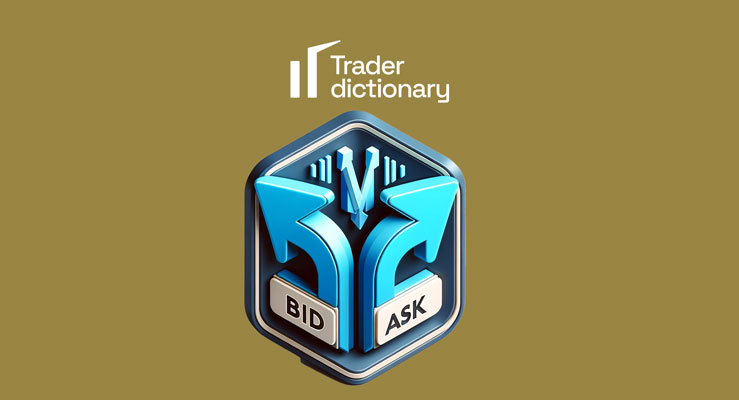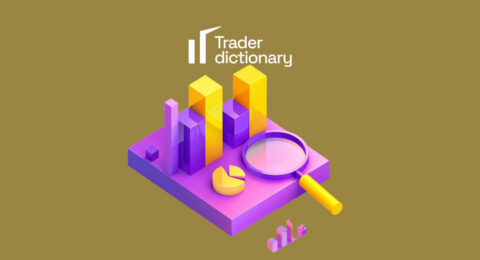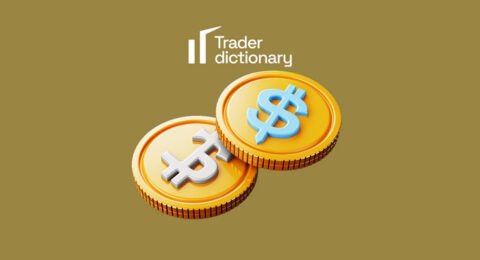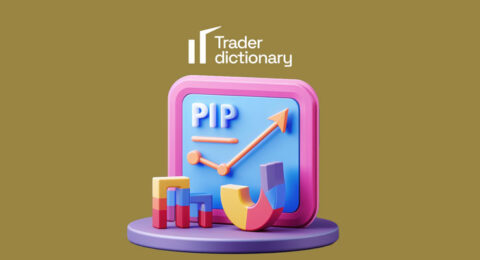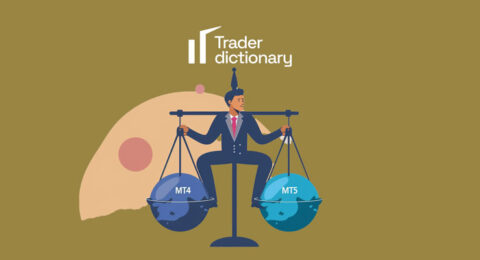What are Bid and Ask Prices?
Bid and ask prices are essentially the best buying and selling prices that traders are willing to transact at in the market. To put it simply, the bid price is the highest price that someone is willing to pay to purchase an asset, while the ask price is the lowest price that a seller is willing to accept to sell that asset. Remember, the discrepancy between these two prices is actually the essence of every transaction in the financial market.
What is a Bid Price?
Talking about the bid price, it’s the buying price. For instance, if you want to sell a stock, you need to know how much someone else is willing to pay. The bid price, my friend, is the highest price a buyer is willing to pay. I find this information crucial to pricing my assets when I want to cash in. Sometimes, I also have to struggle not to set my price too high above the bid price, as it could make the transaction more challenging.
What is an Ask Price?
As for the ask price, it’s the selling price. When you want to buy a stock, you need to know the lowest price a seller is willing to accept. The ask price, in my opinion, is the decisive factor for deciding whether or not to “put down the money.” Always weigh the ask price against the actual value of the asset to find the best buying opportunity. Perhaps, this is one of the most important skills that every investor needs to hone.
Example of Bid and Ask Prices
Consider a real-life example involving bid and ask prices, something many investors like John often encounter. John, an individual investor, wants to buy shares of Company A. He sees the current stock price at $173 and decides to buy 10 shares for a total price of $1,730. However, upon reviewing, he discovers the total cost is $1,731.
Initially, John thought it might be a mistake. But later, he realizes that the $173 he saw was the price of the last trade for Company A, and in reality, he paid the ask price of $173.10. This made John understand that the stock price he sees on the price board is not always the exact price at which he can buy or sell.
John’s story is a typical example of the importance of understanding bid and ask prices in trading. It shows that although you may see a specific price on the price board, when you execute a transaction, you will have to pay according to the ask price if you want to buy and receive according to the bid price if you want to sell. This is extremely important for anyone participating in the stock market to know to avoid misunderstandings and miscalculations that could occur.
The Relationship Between Bid-Ask Prices and Liquidity

The bid-ask spread is not a random number. It actually reflects the liquidity of an asset. Simply put, when an asset has high liquidity, meaning it’s traded frequently and easily finds buyers or sellers, the bid-ask spread tends to be narrow. Conversely, for less traded assets, such as stocks of small or micro-cap companies, the spread will be wider.
In the stock market, you can easily notice this. Stocks of large companies that are widely followed usually have high liquidity, and therefore, their bid-ask spread is usually very narrow. This makes transactions easier for both buyers and sellers.
When moving to the bond market, although the overall size of this market is larger, liquidity may decrease. This leads to a widening of the bid-ask spread, increasing the transaction costs for investors.
Moreover, in the case of highly volatile assets, market makers often require a wider bid-ask spread to compensate for the risk of price changes.
Professional traders and investors often use limit orders when placing trades. This allows them to choose the price they’re willing to buy or sell at, instead of having to accept the price according to market orders, which may result in them paying a higher price or receiving a lower price than initially planned.
Conclusion
Through this article, we’ve seen that a deep understanding of bid-ask prices can help investors take control of their buying and selling decisions, minimize risk, and optimize profits in a volatile trading environment. Especially in the world of investment, knowledge is always the key to success. Hopefully, through this article, you’ve gained valuable insights into bid-ask prices, helping you navigate the financial market more flexibly and confidently.
Keep following and reading our blog posts to update more valuable knowledge, helping you become a smart and successful investor. Together, let’s explore and conquer the financial market with its myriad opportunities and challenges.



